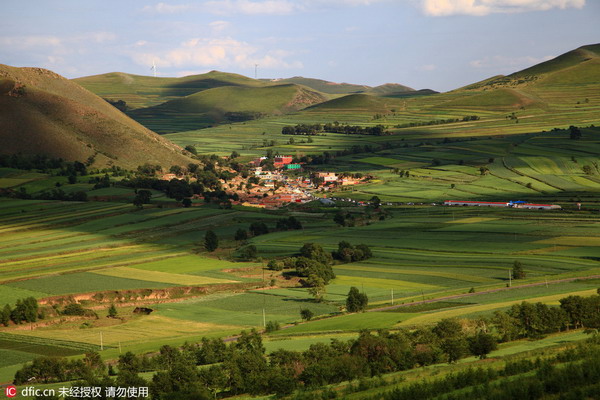Ending road-use charge shows respect for public opinion
(China Daily) Updated: 2016-05-23 07:40
 |
|
The scenery of provincial roads in Zhangbei, a small country in North China's Hebei province. [Photo/IC] |
THE GOVERNMENT IN ZHANGBEI COUNTY, North China's Hebei province, announced on Friday that it will stop collecting the 50-yuan ($7.60) charge per person it had introduced to use a 150-kilometer scenic road. Beijing News commented on Saturday:
The Zhangbei government's latest decision, of course, is laudable and in line with the public outcry at the introduction of the fee. In fact, it was made after public criticism of the charge went viral on the internet, which mainly questioned the local pricing authority's designation of the public road as a scenic site that people had to pay to enter.
Admittedly, as the poverty-stricken county explained, the charge was introduced to cover the costs of cleaning and infrastructure construction and to better protect the environment. But the sharp decline in tourists following the introduction of the charge shows that tourists are voting with their feet on the charge imposed by the local government.
Fortunately, the Zhangbei government has wisely decided to rectify its mistake and abolish the fee to use the road in less than a month.
But this should not be the end. The Zhangbei government needs to heed the lessons of its mistake and work out better solutions to stimulate local tourism in the long run.
What the short-lived road-use charge reveals is the lack of research and investigations when it comes to decision-making on important issues. Had the local government organized a study or investigation on the feasibility of collecting such charge in advance, it might not have made such a decision, the revoking of which has actually brought shame on the local government itself.
In addition, had the local government solicited public opinion in advance about the charge, the response it received may have very likely made the local leaders change their mind.

I’ve lived in China for quite a considerable time including my graduate school years, travelled and worked in a few cities and still choose my destination taking into consideration the density of smog or PM2.5 particulate matter in the region.











